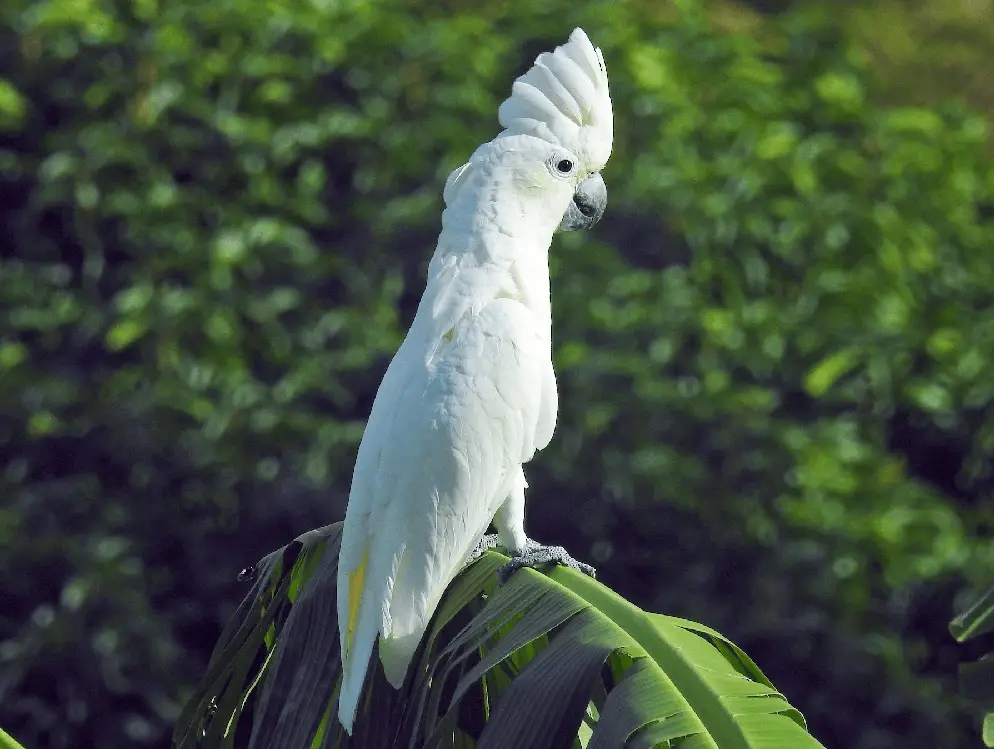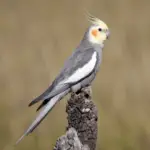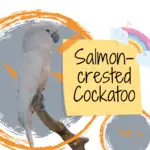
White Cockatoo (Cacatua alba): 46 cm; 550 g, with the underside of wings and tail washed yellow; large backward sloping white crest, which is spread upwards and sideways to make head seem very large,
but crest feathers not as long as those of C. moluccensis; pale yellow feather bases; periophthalmic ring whitish to yellowish-white; bill grey-black; legs and feet grey; eye black in male, red-brown in female. Juvenile like an adult, but eye dark grey.
- EN Endangered
- Names (18)
- Monotypic
Systematics History
Closely related to C. moluccensis. Monotypic.
Subspecies
Introduced to Taiwan.
Distribution
N Moluccas: Halmahera, Ternate, Tidore, Kasiruta, Mandioli and Bacan. Specimens from Bisa and Obi thought to have been escaping.
Description
White Cockatoo (Cacatua alba) are relatively quieter than their smaller counterparts (like Goffins Cockatoo), but that doesn’t make them restful companions.
The female is smaller than the male. He is white with brown to black eyes. It has a large erectible white crest. They are birds that like to put on a show and get all the attention.
To do so, they will dance, sing, tumble, occasionally scream excessively. They also have moments of relaxation during which they want to be caressed and rocked. But a distracted hand resting on the crest will not be enough.
Of course, a good instruction that leads to the learning of autonomy will facilitate things, on the other hand, it will not detract from the fact that the cockatoo wants human attention for several hours a day.
You must be fully aware that a badly trained cockatoo (essentially a male) is destined to become a dangerous animal, by its size, its strength, and its combative attitude. A White Cockatoo (Cacatua alba) is not a parrot recommended for novices.
White Cockatoo Lifespan
White Cockatoo is able to live up to 80 years
Habitat
 white cockatoo bird
white cockatoo bird
Flat or gently sloping primary and logged lowland forests below an altitude of 600 m.
Movement
Never recorded in large flocks; generally in pairs or small groups.
Diet and Foraging
Mainly arboreal seeds and fruits; birds have seen bark-peeling and investigating epiphytes suggest that species may also eat insects.
Sounds and Vocal Behavior
Commonest calls are a nasal monosyllabic or bisyllabic “keh” or “keeh-ah”, and a fast repeated series of much harsher short notes, “kreh-kreh-kreh-kreh…”.
Breeding
Limited records from the wild suggest breeding starts early in the year, with young in Apr-May, but also eggs in May. Nests in hollows in large forest trees. 2–3 eggs; incubation 27–28 days; chick has sparse bright yellow down; aviary-reared young remain in the nest for c. 14 weeks.
white cockatoo price
how much does cockatoos cost: white cockatoo cost between 1000$ to 3000$.
Conservation Status
ENDANGERED. CITES II. Previously considered Vulnerable. Although species used to be common throughout N Moluccas, numbers are now much reduced due to logging of habitat, particularly the tall trees used for nesting in, and also due to trapping.
Population estimates in 1991/92 were of 49,765–212,430 birds, of which 5120–7500 were caught, 937 being exported; legal quota for trappers has been reduced.
Currently, both adults and young are taken, and it is considered that this level of exploitation is not sustainable. Research and survey work is required.




















